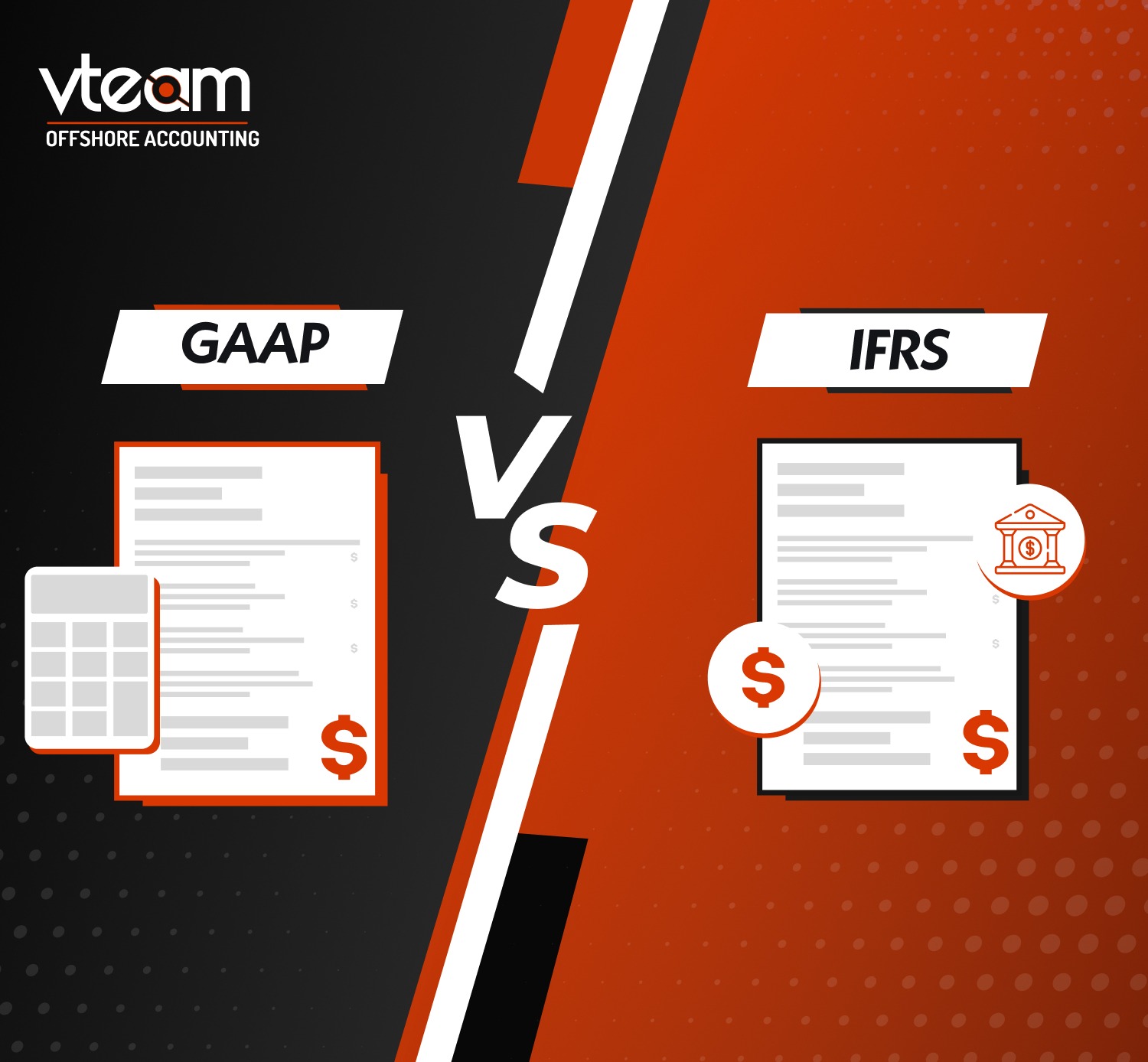External audits play a pivotal role in ensuring the financial health and regulatory compliance of businesses. As organizations navigate the complexities of today’s business environment, audit readiness becomes a critical aspect of their operations. This blog explores the significance of being prepared for external audits and outlines key strategies to achieve audit readiness.
Understanding External Audits
External audits serve the purpose of providing an independent assessment of a company’s financial statements, internal controls, and compliance with regulatory standards. To ensure audit readiness, it is essential to comprehend the scope and purpose of external audits. Familiarity with key regulatory and compliance standards is crucial, as various external audits may be required depending on the nature of the business.
Steps to Achieve Audit Readiness
A. Establishing a Robust Internal Control System
A robust internal control system is the foundation of audit readiness. This involves defining internal controls that safeguard financial processes and ensure accuracy in reporting. Strong internal controls not only enhance the reliability of financial information but also mitigate the risk of errors and fraud.
B. Documentation and Recordkeeping
Organizing financial records is a cornerstone of audit preparedness. Proper documentation of policies, procedures, and financial transactions ensures transparency and facilitates the audit process. A well-defined document retention policy is equally important to streamline access to necessary information during external audits.
C. Compliance with Regulatory Requirements
Staying informed about changes in regulatory requirements is imperative for audit readiness. Regular assessments of compliance ensure that the organization aligns with evolving standards. This proactive approach minimizes the risk of non-compliance and demonstrates a commitment to regulatory adherence.
D. Employee Training and Awareness
Employees are key contributors to audit readiness. Training programs focused on audit preparedness empower staff to understand their role in the audit process and foster a culture of compliance. Building awareness among employees enhances their ability to adhere to established procedures and controls.
E. Conducting Mock Audits
Simulating external audit scenarios through mock audits is an effective way to identify weaknesses and areas for improvement. These exercises help the organization assess its preparedness, allowing for timely adjustments and improvements in internal controls.
Also Read : How To Save Taxes With The Qualified Business Income Deduction
Collaboration with External Auditors
Establishing open communication channels with external auditors is essential for a smooth audit process. Building a positive relationship with auditors fosters collaboration, making it easier to address concerns and questions that may arise during the audit. Proactively resolving issues demonstrates a commitment to transparency and cooperation.
Providing Necessary Documentation
Timely submission of requested documents is critical for audit efficiency. Ensuring the accuracy and completeness of provided documentation enhances the auditor’s confidence in the organization’s financial reporting. A proactive approach to document submission minimizes delays in the audit timeline.
Proactive Issue Resolution
Addressing potential concerns before the audit is a proactive strategy to ensure a smoother process. By identifying and resolving issues in advance, organizations demonstrate their commitment to resolving challenges collaboratively. This approach instills confidence in external auditors and contributes to a positive audit experience.
Continuous Improvement
Continuous improvement is a dynamic aspect of audit readiness. Post-audit evaluation involves analyzing audit findings and implementing corrective actions. This step ensures that the organization learns from the audit experience and enhances its internal controls and processes.
Periodic Internal Audits
Regular internal audits complement external audits by providing ongoing assessments of compliance and internal control effectiveness. Lessons learned from external audits can be incorporated into internal audit processes, contributing to a proactive and continuously improving audit readiness strategy.
Also Read : What Thing To Keep In Mind While Closing Your Financial Books
Conclusion
Audit readiness is a multifaceted approach that involves proactive measures to ensure compliance, transparency, and efficiency in financial reporting. By establishing robust internal controls, maintaining meticulous documentation, and fostering collaboration with external auditors, organizations can navigate external audits with confidence. Continuous improvement through post-audit evaluations and internal audits further solidifies an organization’s commitment to audit readiness.
Outsource the burden of audit preparation to vteam, and let us guide you through the intricacies of external audits. Our commitment to excellence, open communication, and collaborative problem-solving sets us apart. As you embark on the journey of continuous improvement, vteam stands ready to support your organization’s quest for audit readiness.
Choose vteam for unparalleled expertise, personalized service, and a seamless audit preparation experience. Contact us today to elevate your audit readiness and embark on a path of financial transparency and regulatory compliance. Your success is our priority at vteam.

